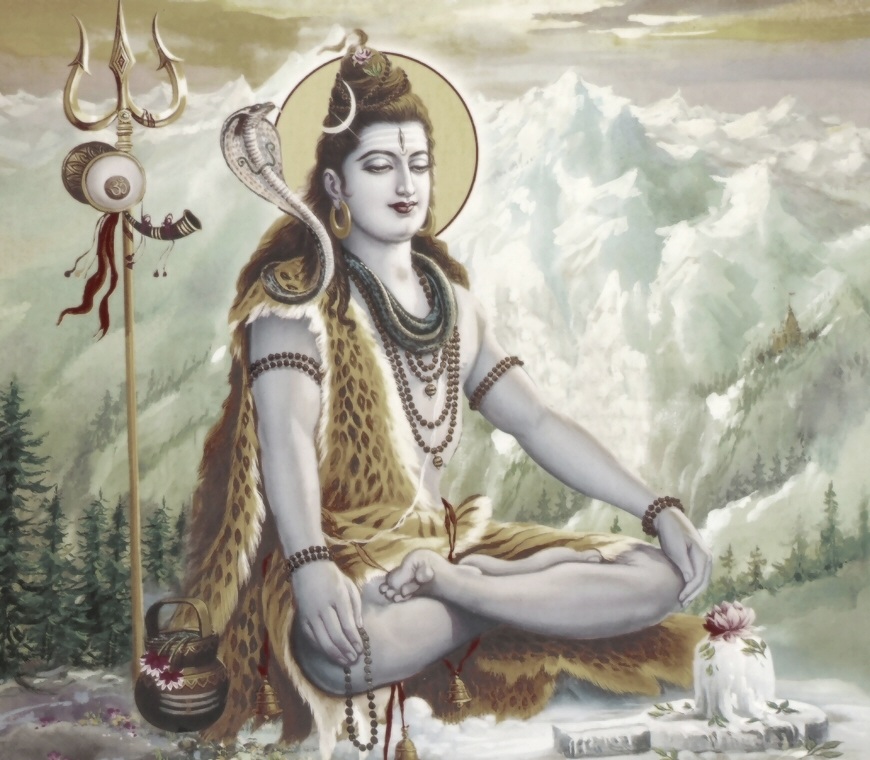

Sri Rudram japam is normally done after an elaborate Anganyasa which is called MAHANYASA.

This Japa Yagna is followed by Abhishek, Hawan, and Archana to Lord Shiva by which the efficiency of Japa Yagna is enhanced. Constant repetition of Rudra mantras in the prescribed manner is called JAPA YAGNA. Traditionally, the seventh chapter of the 4th Cantos of Taittriya Samhita called the CHAMAKA Prasnam is also recited along with Sri Rudram Prasnam in which there is a prayer for seeking material benefits ranging from material needs such as food to eat, to achieve ultimate salvation. It is recited not only for one's own purification and attainment of higher spiritual knowledge but also for bringing welfare to oneself and to the country as a whole. It is also called Namaka Prasnam as the word NAMAH occurs several times. Sri Rudram is, therefore, the holiest of holy Mantras. The importance of Sri Rudram is that it occurs in the middle of the Taittiriya Samhita and in the central portion of Sri Rudram is to be found the greatest of the Mantras viz. It is a prayer to Lord Shiva praising His various attributes and qualities. This chapter is divided into 11 'Anuvakas' or paragraphs.

In the middle of the 4th Canto of this Samhita ' SRI RUDRAM' is the fifth chapter. Samhita consists of seven 'cantos' containing 44 Chapters of 'Prasnas'. One of such Mantras of high potency and power is called SRI RUDRAM of Taitriya Samhita of Sri Krishna Yajurveda. (1)Rudraksha Dharanam (2)Bhasma Dharanam in the prescribed manner (3) Panchakshara Mantra Japa by those who have been initiated by a Guru or Shiva Nama Japa by those not initiated into Mantra, (4) Performing daily Panchayatana Puja and (5) Meditating constantly on Sadashiva.Īncient Sages have prescribed several ceremonies and austerities where Vedic Mantras are used for worship. To worship such an incomparable form, all devotees of Shiva used to observe the following five rules. , is the only refuge for all living beings and gives all happiness in life. That life jewel praised by all the Vedas and also called Shankara, Tryambaka etc. The word Shiva is considered by the sages as Jivaratna or the Jewel of life. That is why our ancients had thought best to utilize various portions of the Veda Mantras for purpose of rituals and ceremonies for conferring spiritual as well as material benefits on mankind since they knew that very few people would learn Vedas merely for their own sake in these days. The Vedas are supreme among the various forms of knowledge and Vedas have to be learned and understood for their own sake without expecting any reward. Maha Rudra Yagyam/Yagna | Rudrabhishek | Rudrabhishekam


 0 kommentar(er)
0 kommentar(er)
